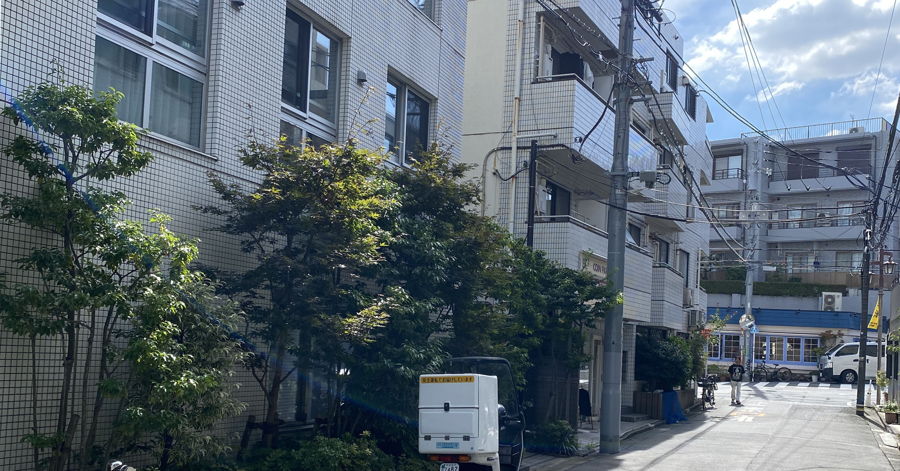There is an approach called living labs, in which companies and governments collaborate with residents to develop and create new technologies and services. Co-creation with residents can uncover latent needs and values that have been difficult to grasp through conventional interviews and marketing research.
In this method, we will conduct research in cooperation with residents to uncover the hidden charms of the town that lie in the casual scenery and unconscious actions of residents as they see it in their daily lives. This allows us to discover the charms of culture and history rooted in local life, rather than the traditions of large commercial facilities or tourism.






